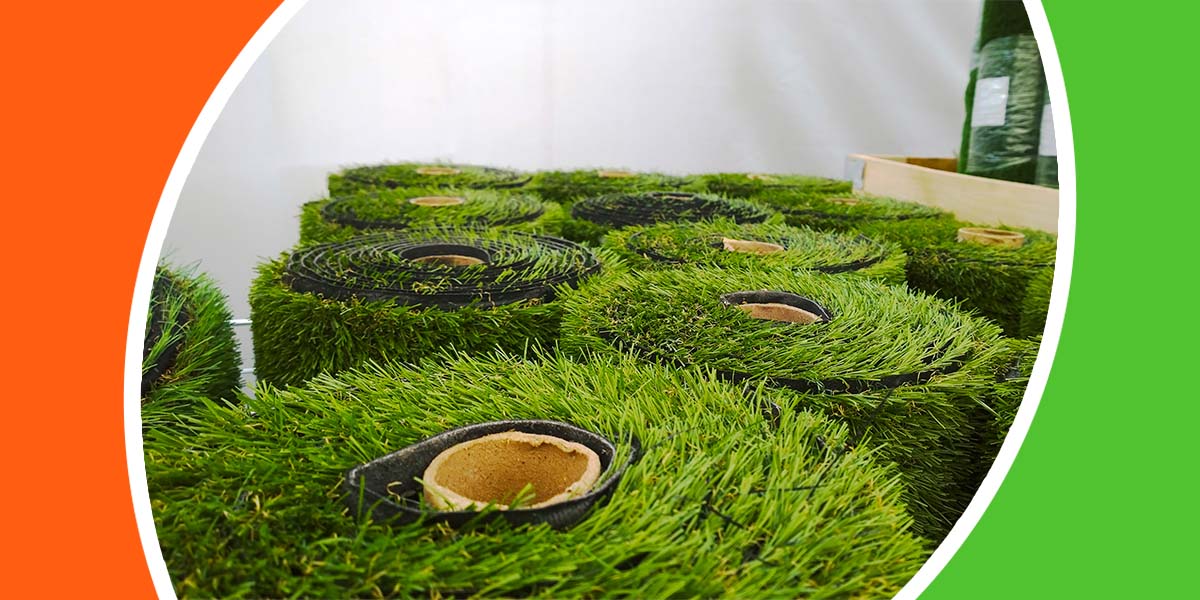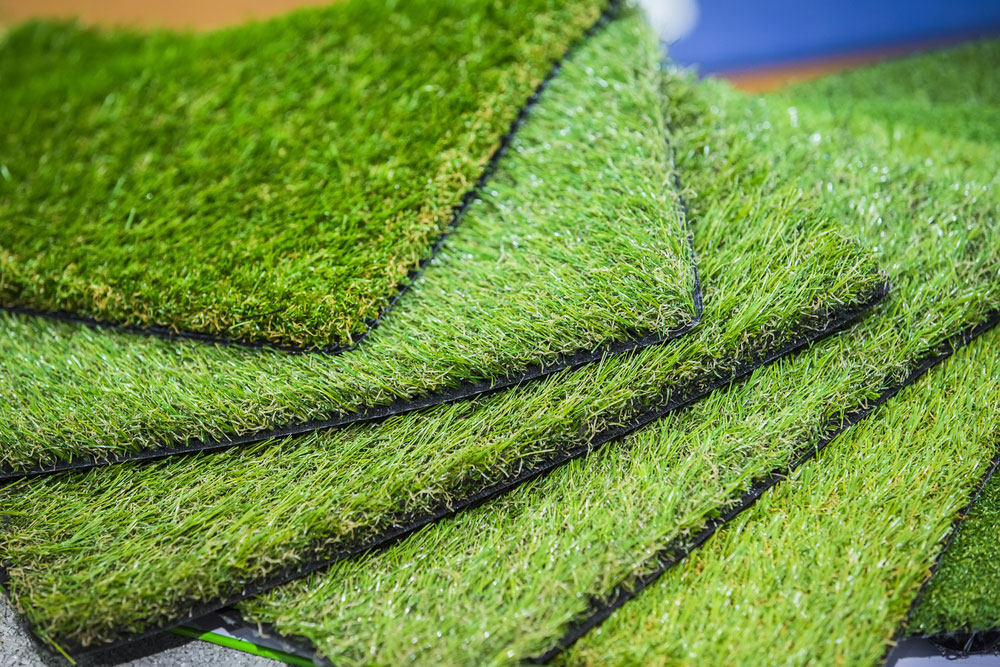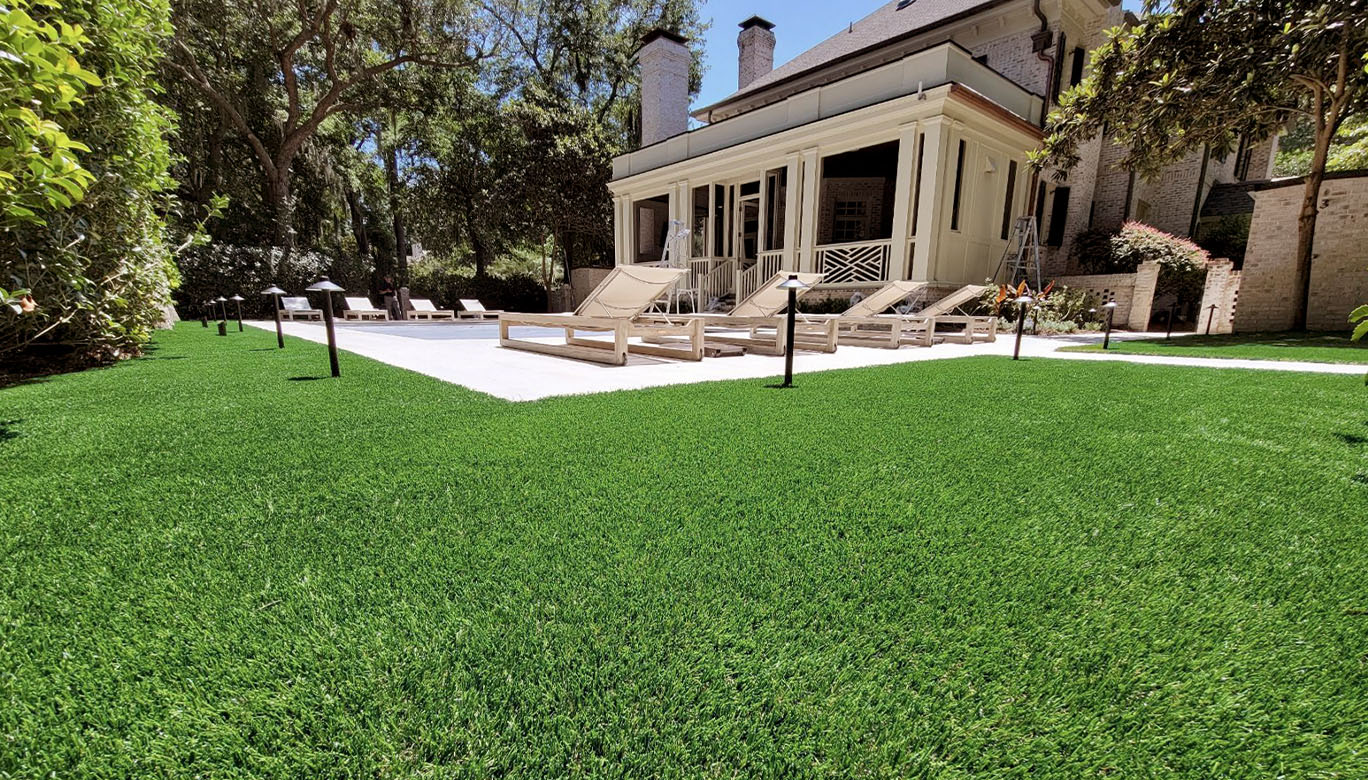Delve Into the Environmental Benefits of Opting for Synthetic Grass Solutions
The adoption of man-made lawn options provides an engaging chance to deal with pressing environmental difficulties. By significantly reducing water use and decreasing the application of harmful chemicals, these options not just promote sustainable landscaping yet also shield local communities.
Water Preservation Advantages
One of the most substantial benefits of artificial lawn is its ability to save water. In comparison, synthetic grass does not require watering, dramatically minimizing the general need for water resources.
By getting rid of the requirement for routine watering, synthetic grass adds to sustainable landscape techniques and assists mitigate the ecological impact of excessive water consumption. The conservation of water expands to the decrease of drainage, which can lead to dirt erosion and river contamination.
Furthermore, the setup of synthetic turf permits homeowners and districts to allot water sources a lot more effectively, concentrating on essential usages such as alcohol consumption water and agriculture. The shift in the direction of synthetic lawn not only promotes liable water usage however likewise straightens with wider environmental objectives intended at preserving natural deposits.
As areas progressively prioritize sustainability, the water preservation benefits of artificial turf offer a compelling instance for its fostering in commercial and property landscaping projects.
Decreased Chemical Use
The transition to man-made turf significantly reduces the dependence on chemical therapies frequently utilized in all-natural grass maintenance. Traditional grass management normally involves the application of herbicides, pesticides, and fertilizers to promote growth and control pests. These chemicals can present threats to human health, regional wild animals, and the setting, contributing to dirt and water contamination.
On the other hand, man-made turf gets rid of the demand for these hazardous substances. When installed, it requires very little maintenance, largely containing normal cleansing and occasional infill replenishment. This reduction in chemical use not only profits the immediate environment yet additionally adds to broader ecological security. By minimizing the launch of synthetic substances into the environment, man-made lawn advertises much healthier dirt and water systems.
Moreover, the absence of chemical runoff connected with synthetic grass installments aids safeguard neighborhood waterways from air pollution, sustaining marine life and maintaining biodiversity. Turf installation phoenix az. As areas increasingly prioritize sustainable methods, going with synthetic grass offers a sensible option that lines up with ecological preservation objectives. Through this change, residential or commercial property proprietors can enjoy rich environment-friendly spaces without jeopardizing eco-friendly wellness, leading the means for an extra lasting future
Lower Carbon Impact

In addition, the installment of synthetic grass can result in significant water conservation. All-natural yards require significant quantities of water for irrigation, which not only contributes to the carbon impact related to water extraction and therapy but also stress local water sources. In contrast, synthetic grass needs minimal upkeep, requiring no watering, therefore considerably minimizing water usage and its connected power expenses.
Additionally, the long life of synthetic grass adds to its decreased carbon influence. With a lifespan of approximately 15 years or more, the need for regular replacements is diminished, leading to less waste and lower energy consumption in production and dealing with typical turf options. Overall, fabricated lawn presents a lasting choice for ecologically aware landscaping.
Habitat Preservation
Environment preservation is a critical factor to consider in the argument over landscaping choices, especially when comparing synthetic grass to all-natural grass. Natural grass lawns usually need comprehensive maintenance, including using plant foods, herbicides, and chemicals, which can negatively influence neighborhood environments. These chemicals can leach right into the soil and waterways, hurting native vegetation and animals and interrupting neighborhood environments.
Artificial grass eliminates the demand for hazardous chemicals, thereby protecting close-by wild animals and preserving the integrity of surrounding environments. The installation of man-made grass can lead to the conversion of previous grass locations into even more biodiverse landscapes, such as pollinator yards or indigenous plant locations, which can sustain neighborhood wildlife.
Inevitably, the change to man-made lawn not only conserves water and reduces maintenance efforts however additionally promotes an extra unified partnership in between human tasks and the native environment, advertising environment preservation Check Out Your URL in the process.
Long-Term Sustainability
Lasting sustainability is a critical consider examining the benefits of artificial turf over conventional yard lawns. One of one of the most considerable advantages of synthetic lawn is its durability; it can last up to 15-20 years with minimal upkeep, whereas natural lawn calls for constant reseeding and substitute. This longevity minimizes the requirement for continuous sources, such as water, fertilizers, and chemicals, which are essential for keeping a healthy and balanced grass yard.
In addition, synthetic grass contributes to a decrease in carbon exhausts connected with grass care devices. Conventional grass typically require gas-powered mowers, trimmers, and blowers, every one of which contribute to air pollution. Arizona turf. In contrast, synthetic grass removes the helpful hints need for such devices, promoting a cleaner setting
Additionally, the manufacturing of synthetic turf increasingly utilizes recycled products, enhancing its sustainability profile. As producers embrace environmentally friendly methods, the environmental impact of synthetic grass continues to lessen.

Verdict
The fostering of synthetic grass remedies presents significant environmental benefits, consisting of significant water conservation, reduced reliance on dangerous chemicals, and a reduced carbon footprint. Furthermore, artificial grass help in maintaining natural environments by reducing land disturbance and promoting long-lasting sustainability through using durable products. Collectively, these elements underscore the potential of synthetic grass to add positively to ecological health and supply a viable option to traditional landscaping techniques in a significantly resource-conscious globe.
In contrast, fabricated turf does not need watering, dramatically decreasing the general need for water sources. By reducing the launch of artificial substances into the environment, artificial turf promotes much healthier soil and water systems.
Additionally, the installment of synthetic turf can result in substantial water conservation. In comparison, artificial grass requires minimal maintenance, needing no watering, thus considerably my site decreasing water use and its connected energy expenses.
